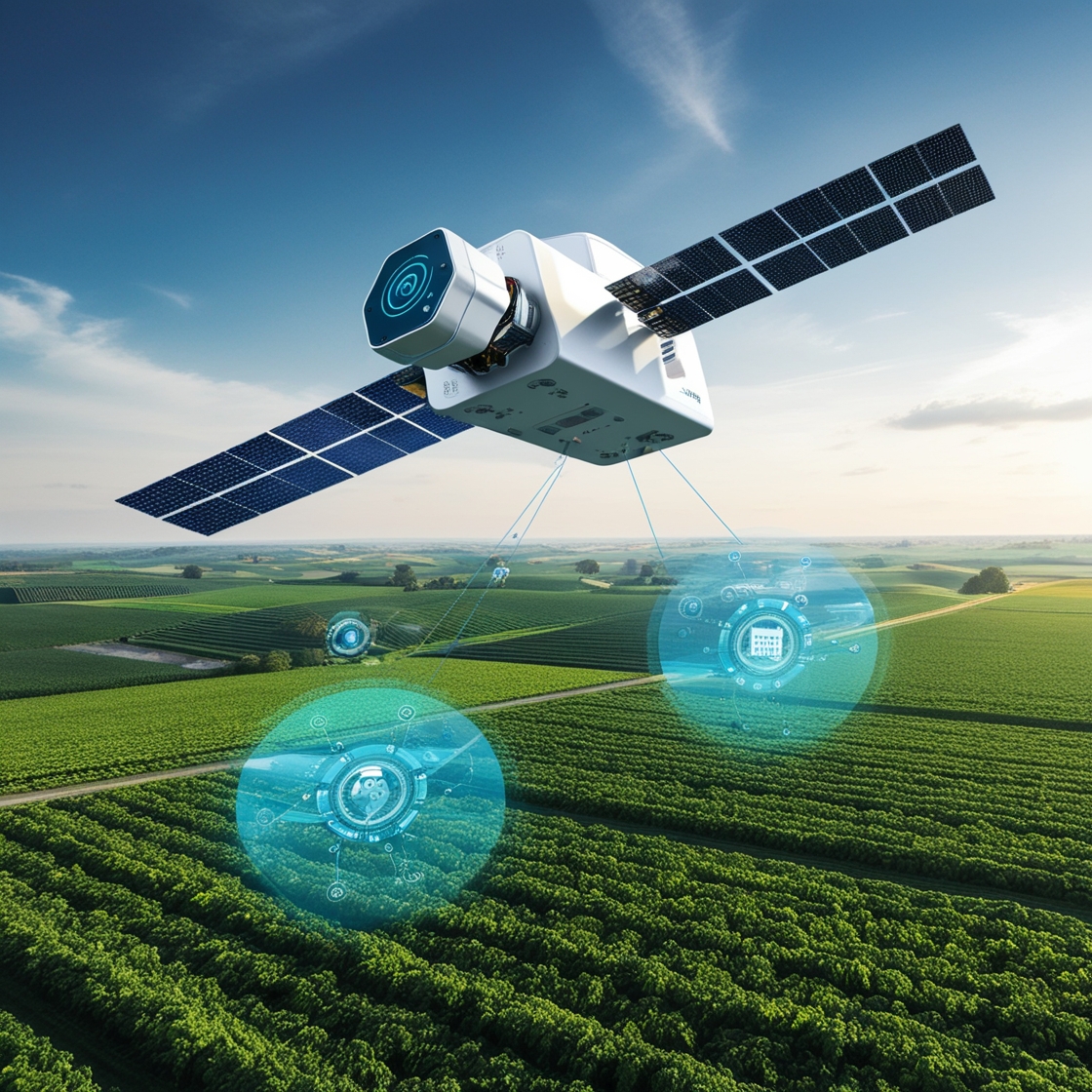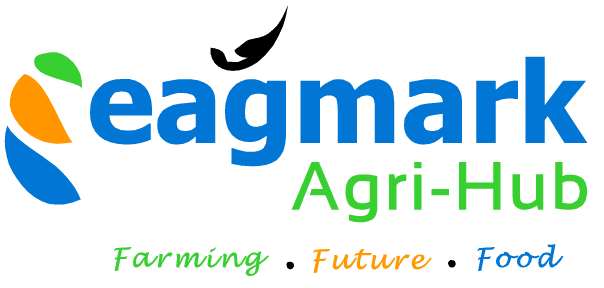How AI and Satellite Data are Transforming Traditional Ag Practices and Supply Chains

The agricultural sector is undergoing a profound transformation, driven by the convergence of geospatial data, satellite technology, and artificial intelligence (AI). Satellites silently orbiting Earth are capturing terabytes of data, while on the ground, artificial intelligence algorithms process this information to transform how we grow food. This technological marriage is reshaping not just farming practices but entire agricultural supply chains around the globe.
The Perfect Storm of Technological Convergence
Two powerful technological waves are crashing together, creating unprecedented opportunities in agriculture. In a recent AgTechTalk podcast by AgriBusiness Global, Ofer Judovits, co-founder and CEO of Marvin, explains how we’re witnessing a perfect storm of innovation, unveiled how cutting-edge technologies like geospatial data and AI are rewriting the rules of farming, carbon measurement, and supply chain logistics
The first wave comes from space. Companies like SpaceX have dramatically reduced the cost of reaching orbit, leading to a proliferation of satellites equipped with increasingly sophisticated sensors. These eyes in the sky provide high-resolution thermal imaging, soil analysis, and surface temperature readings. Even technologies like LiDAR and ground-penetrating radar—critical for regions plagued by cloud cover—are becoming more accessible and affordable.
Meanwhile, on Earth, artificial intelligence has undergone exponential growth. Advanced computer vision and deep learning models can now process the vast amounts of data streaming from space. By applying business logic to this information, AI can predict crop yields, evaluate vendor performance, assess regulatory compliance, and optimize complex supply chains.
Transforming Agriculture From Space
For farmers and agricultural businesses, these technological advancements are far from theoretical—they’re changing day-to-day operations in profound ways:
When a farmer decides where to plant, which seeds to use, or when to harvest, satellite data and AI insights now inform these critical choices. Remote sensing can detect subtle variations in soil composition, moisture levels, and plant health that would be impossible to assess manually across thousands of acres.
Financial planning has evolved from educated guesswork to data-driven forecasting. Predictive models can now estimate yields with increasing accuracy, helping businesses throughout the supply chain manage inventory, pricing, and logistics more effectively.
For crop protection and seed companies, these technologies offer a virtual experimental platform. Different treatments can be tested and monitored across diverse field conditions, accelerating R&D cycles and improving product development.
Perhaps most importantly, these technologies are revolutionizing soil health management. Satellites can monitor organic carbon content, erosion risks, and watershed conditions—essential information for sustainable agricultural practices.
Navigating Dual Challenges in the Land Sector
The broader “land sector”—encompassing agriculture, forestry, paper, timber, mining, and biofuel—faces two critical challenges that these technologies are helping to address.
First, sustainability has evolved from a marketing buzzword to a business imperative. Companies must demonstrate environmental responsibility to maintain access to global markets and command premium prices. Satellite monitoring provides transparent, verifiable data on everything from deforestation to carbon sequestration.
Second, climate change impacts—particularly disruptions to water cycles—are intensifying. In Brazil, for example, severe water scarcity in northern and central regions has pushed farmers to seek better tools for climatic risk assessment and water resource management. AI-powered predictive models can forecast drought conditions, optimize irrigation scheduling, and identify flood risks before they materialize.
Building Digital Trust Throughout the Supply Chain
Perhaps the most revolutionary aspect of this technological transformation is how it enables collaboration across entire value chains. Producers, traders, processors, manufacturers, and retailers can now exchange critical information securely.
However, this data sharing requires new models of digital trust. Drawing lessons from cybersecurity, agricultural technology companies are developing frameworks that support information exchange while preserving data privacy and ownership. This balance is crucial for creating transparent supply chains without compromising competitive advantages or sensitive information.
As these technologies continue to evolve, they promise not just incremental improvements but a fundamental reimagining of how we grow food, manage natural resources, and build resilient agricultural systems capable of feeding a growing global population in an increasingly unpredictable climate.



